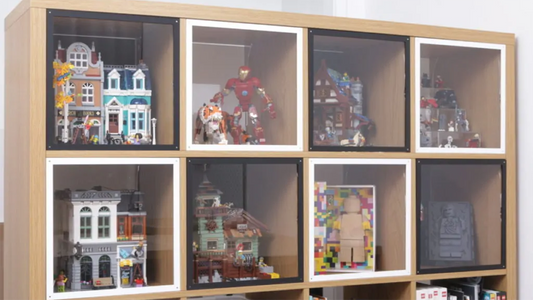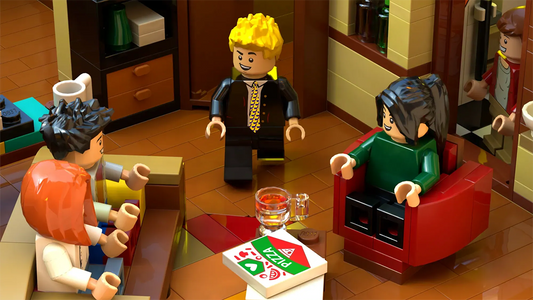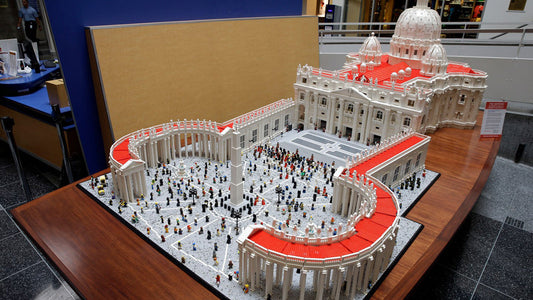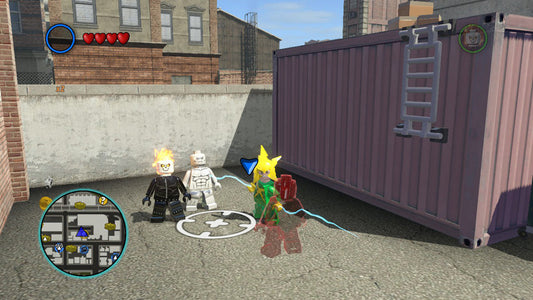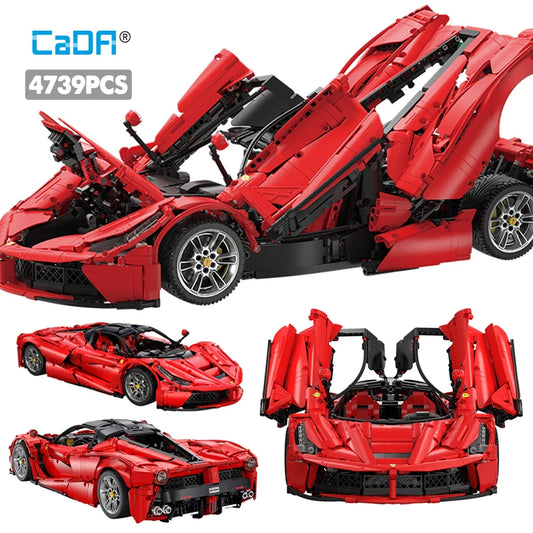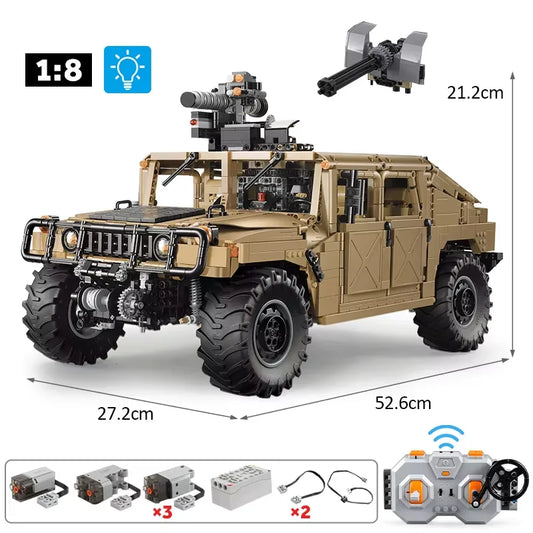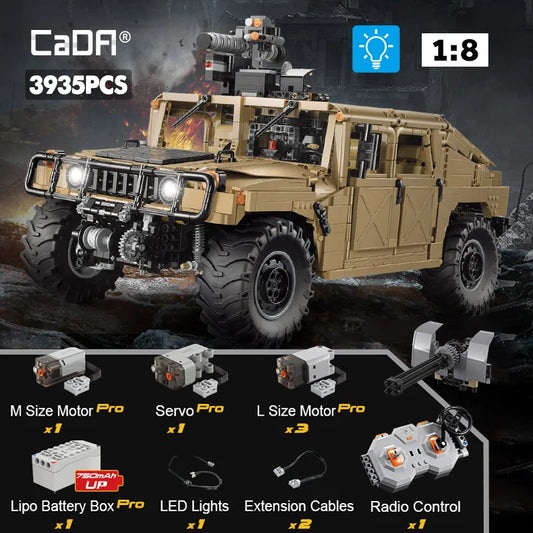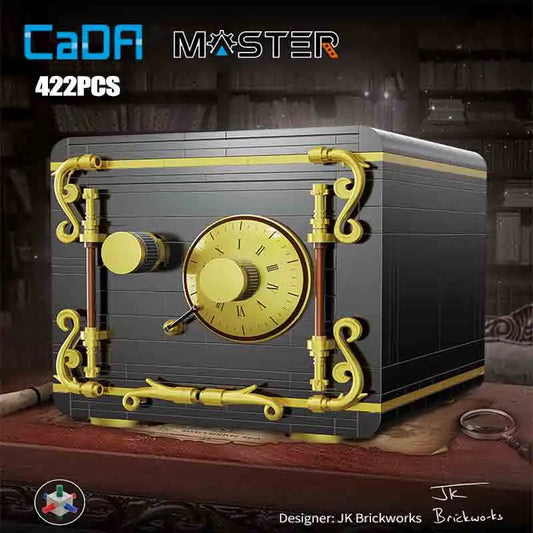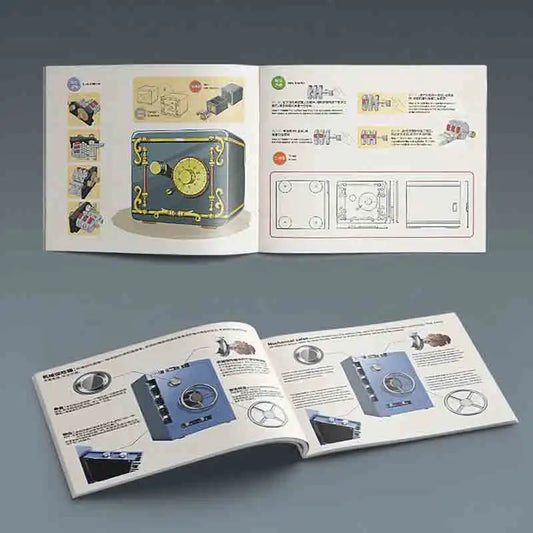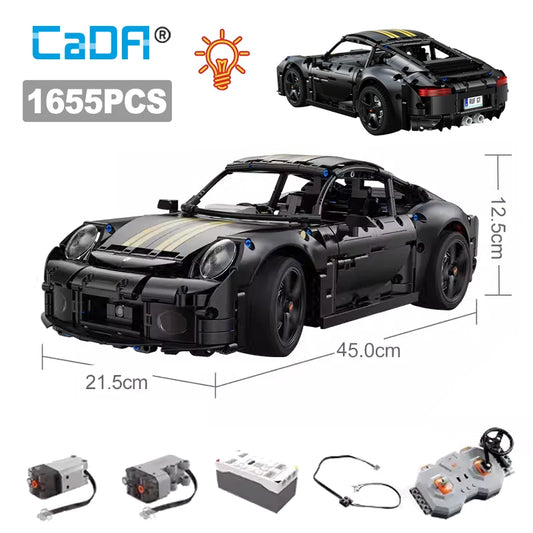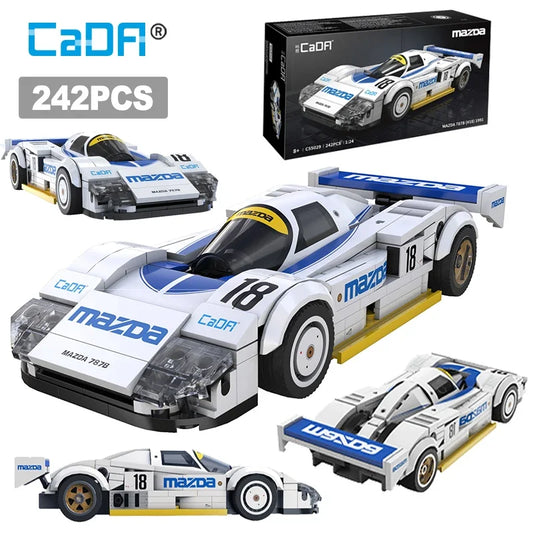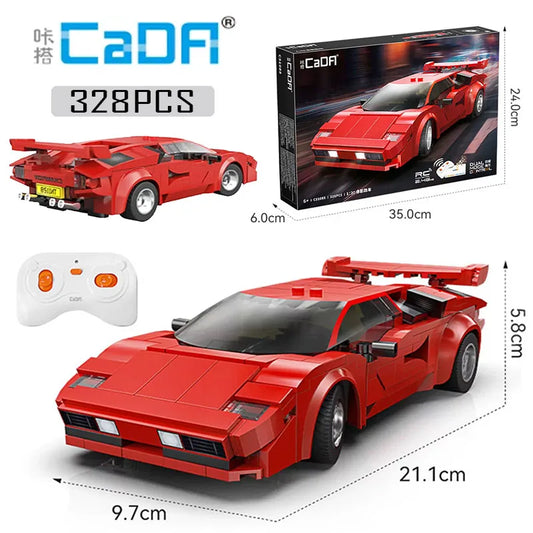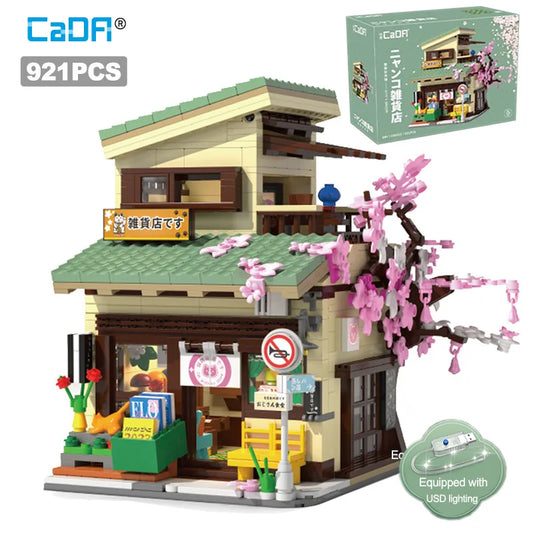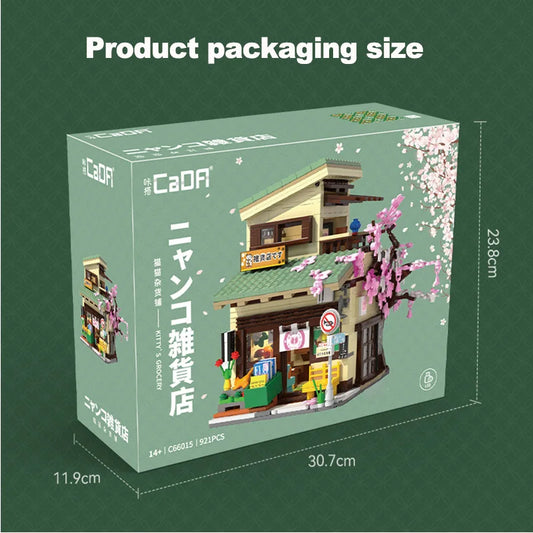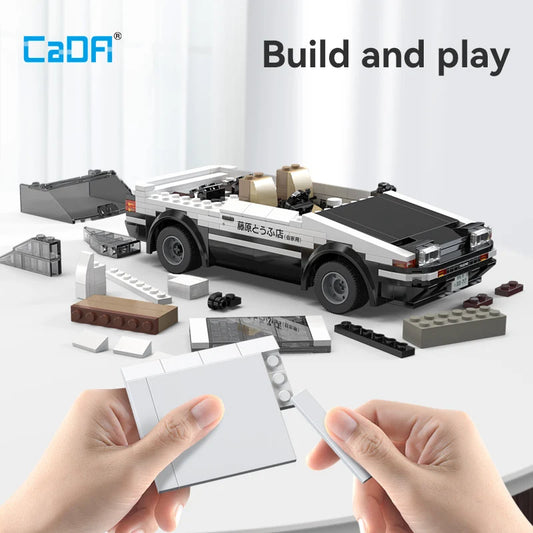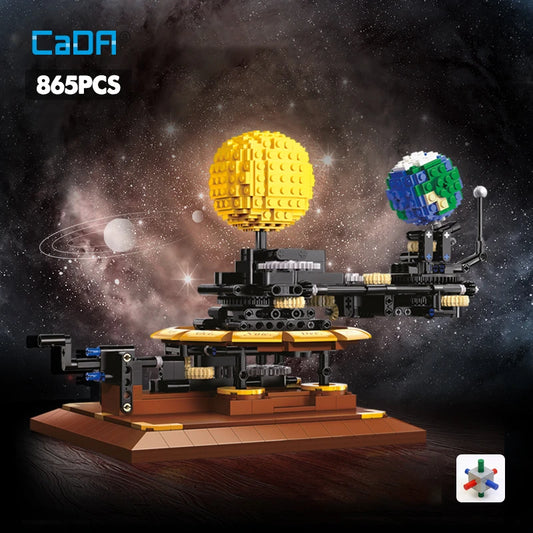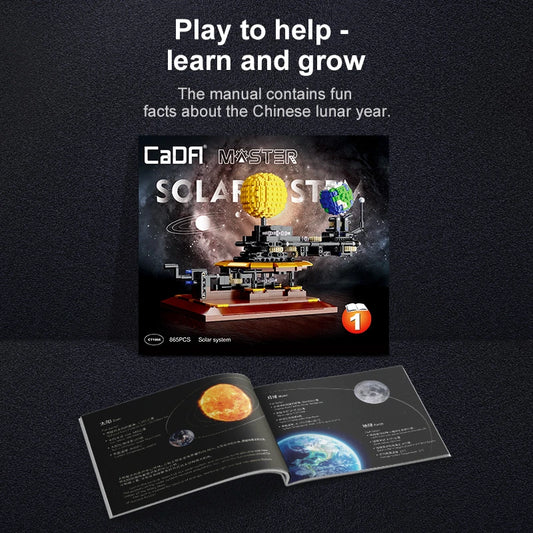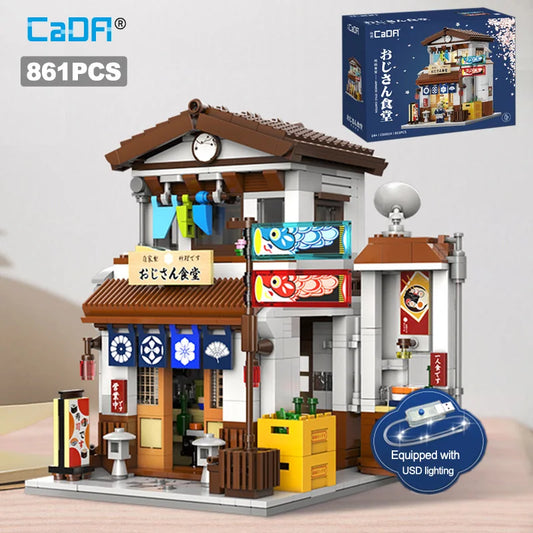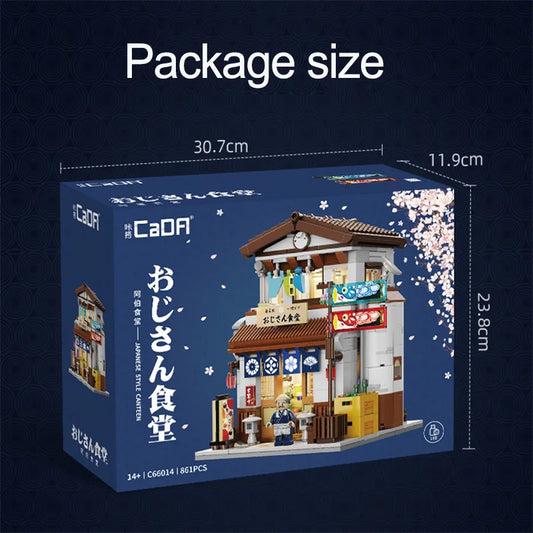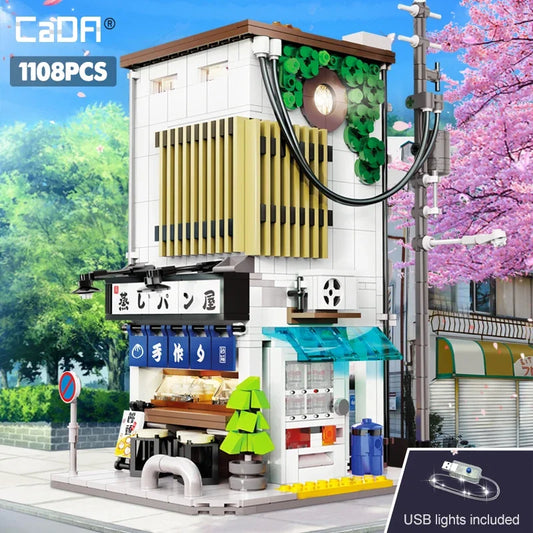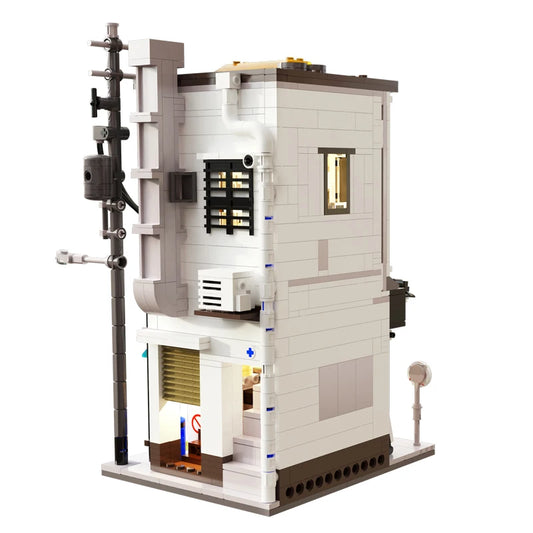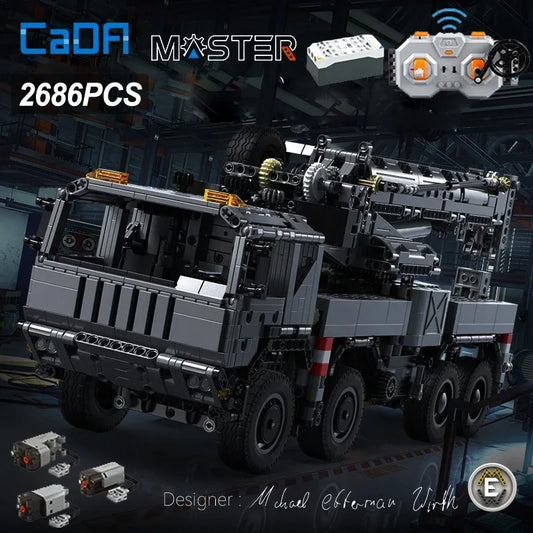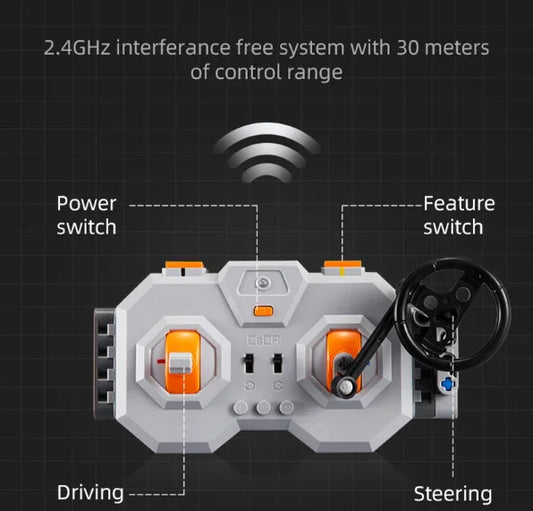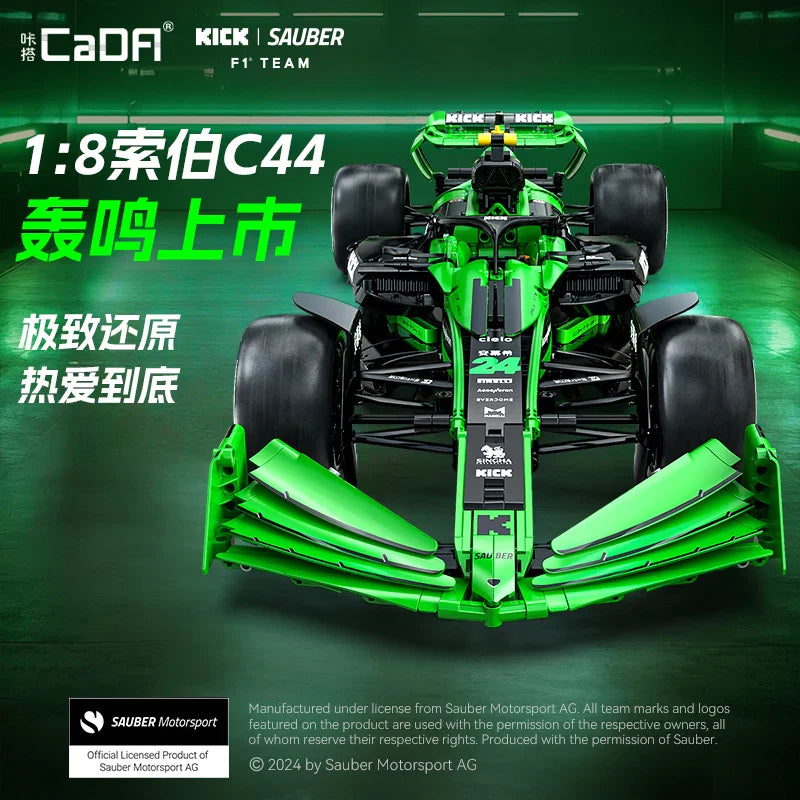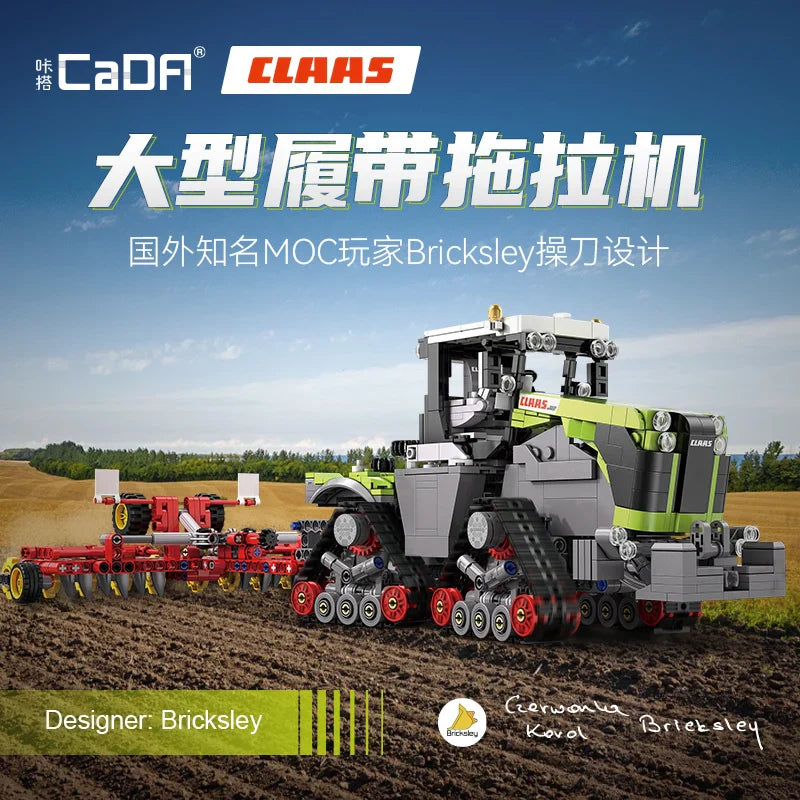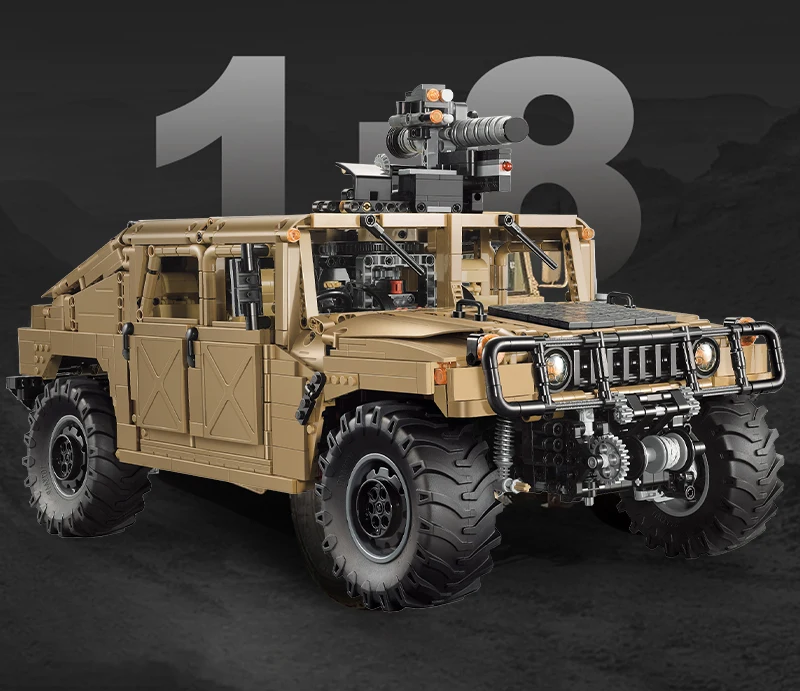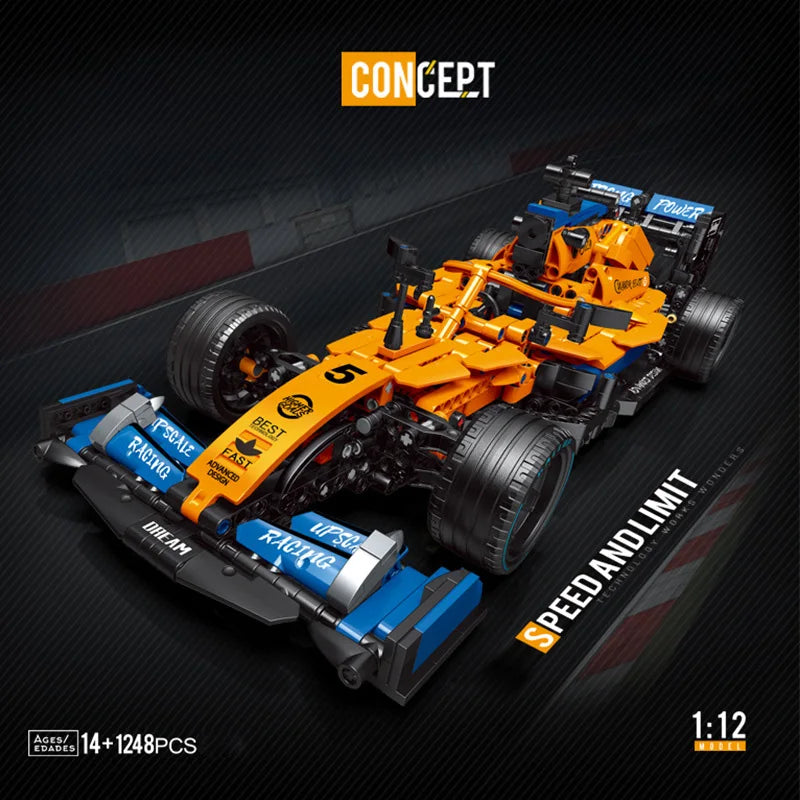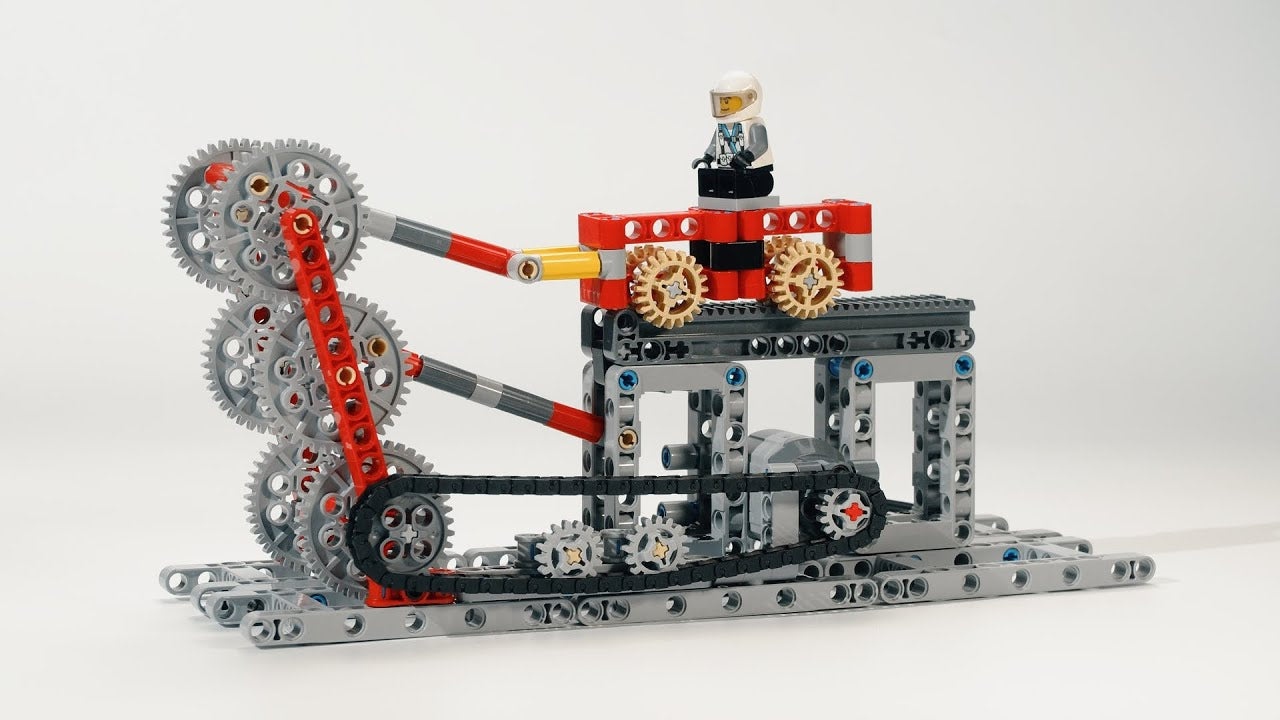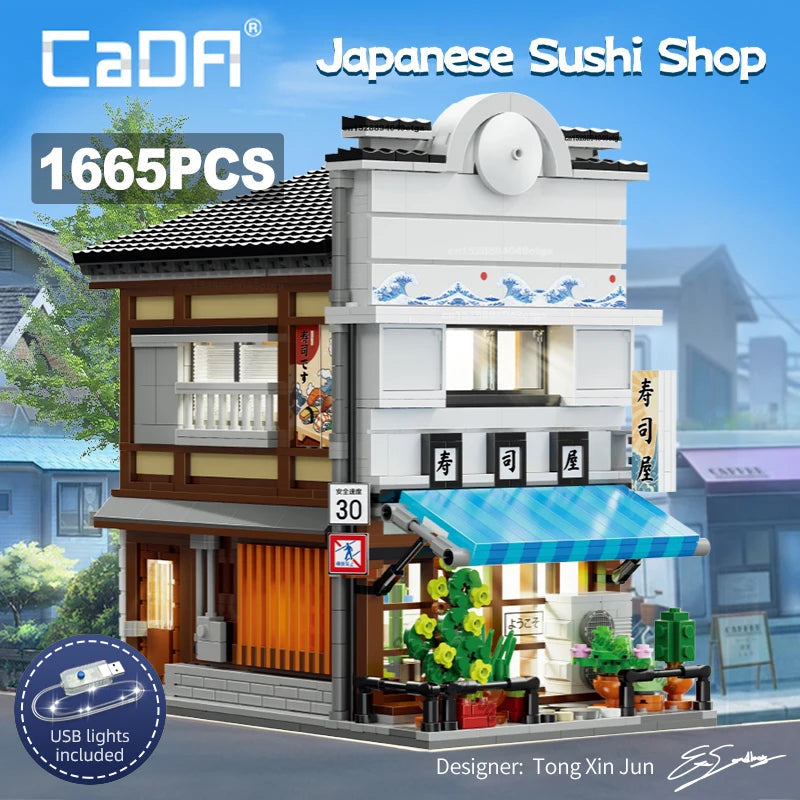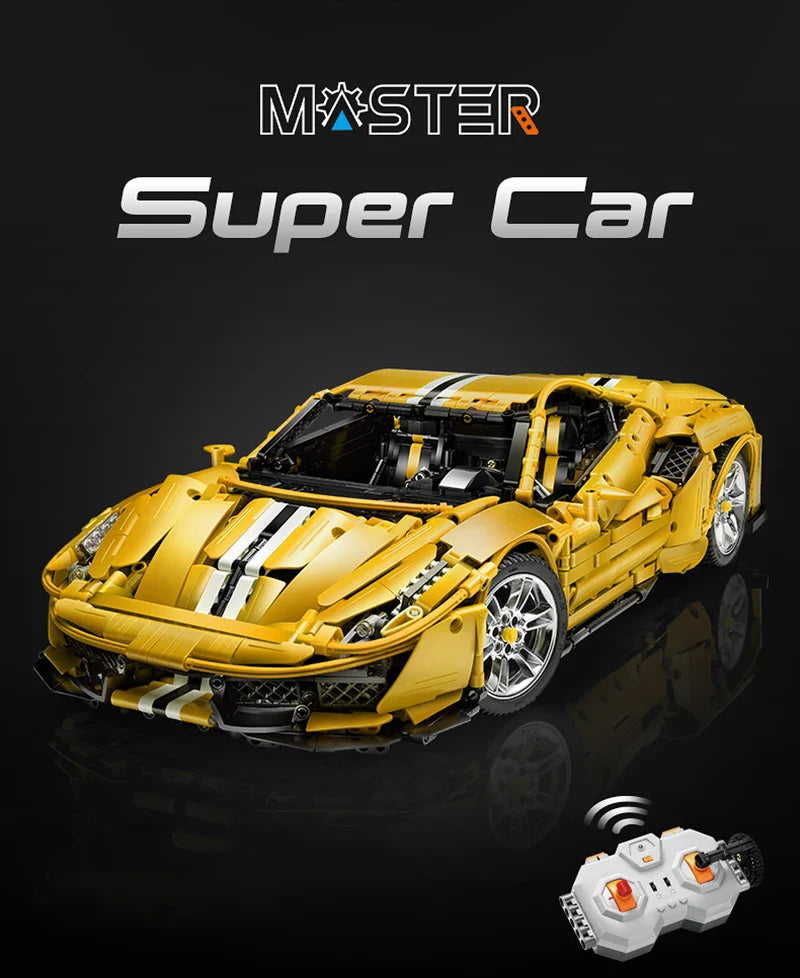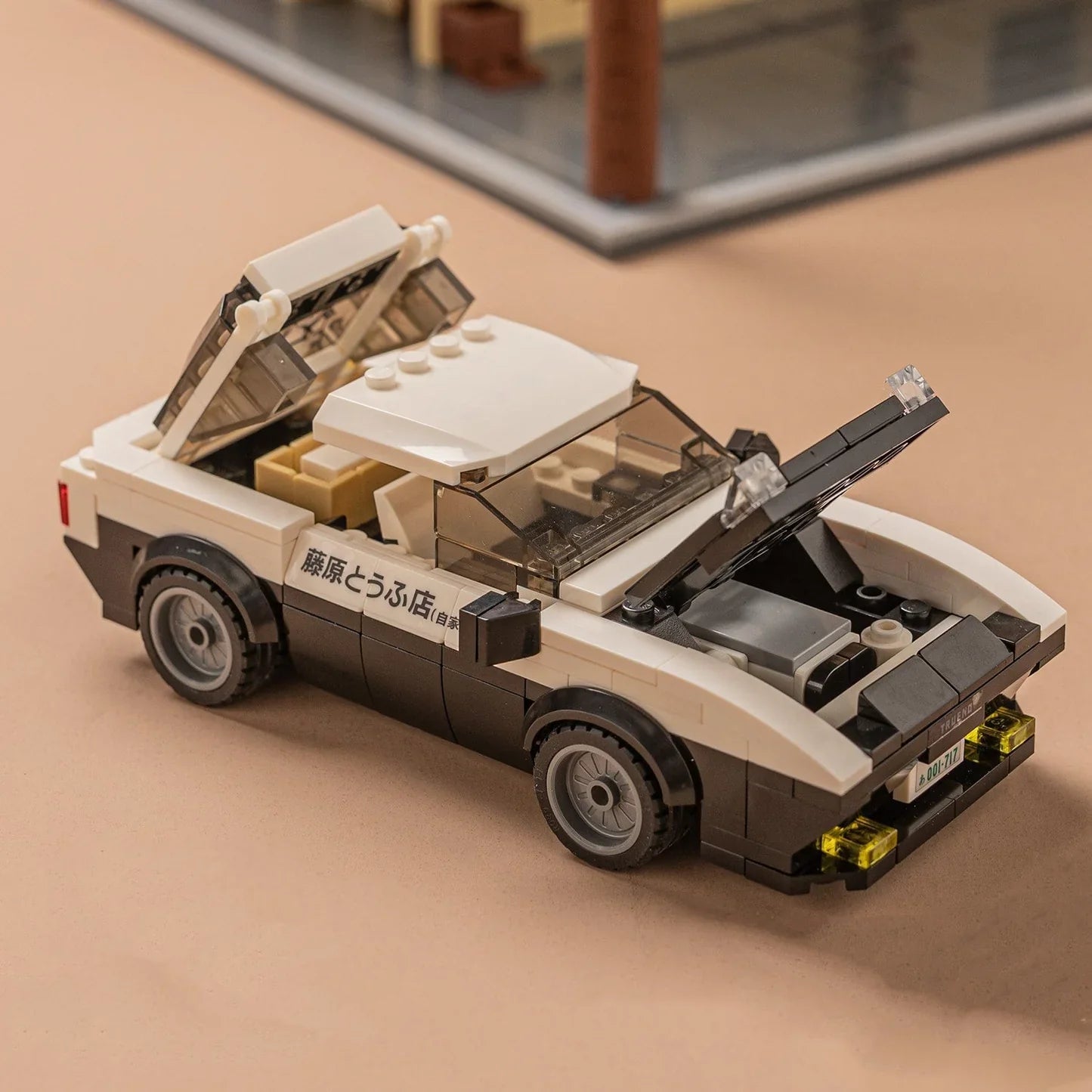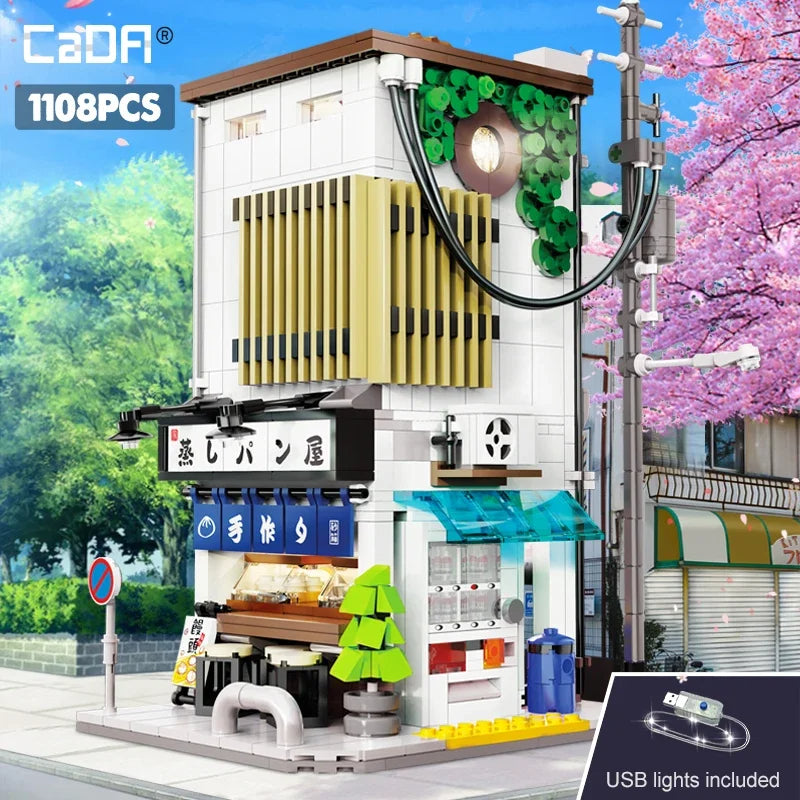LEGO Theme Timeline 2025
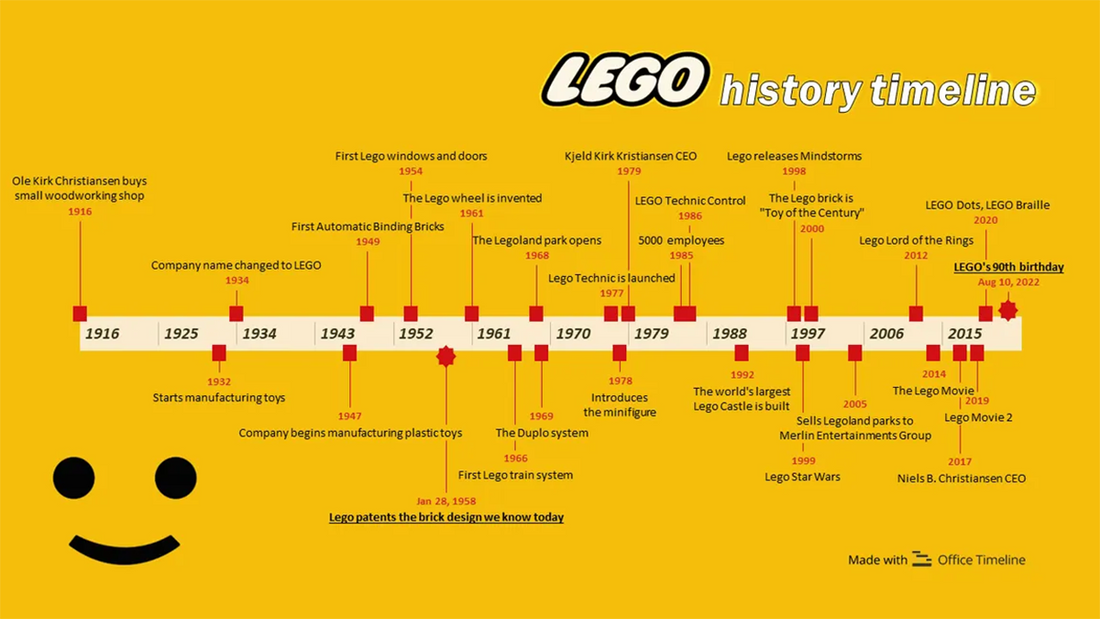
Podíl
As a devoted LEGO enthusiast and long-time observer of the toy industry, I've always been fascinated by how LEGO has evolved from a small woodworking shop into a global powerhouse of creativity, innovation, and storytelling. The LEGO theme timeline reveals much more than just the years and sets; it chronicles a journey of imagination, technological advancement, and cultural influence that has made LEGO one of the most beloved and enduring brands in the world. In this article, I will walk you through the comprehensive timeline of LEGO themes, milestones, and innovations, providing you with a detailed, authoritative, and SEO-optimized narrative that highlights LEGO’s transformation through the decades. Whether you're a seasoned collector, a parent looking to understand LEGO’s development, or simply curious about its evolution, this guide is designed to deliver deep insight grounded in historic facts and expert knowledge.
The evolution of LEGO themes reflects both shifts in children's play preferences and LEGO's strategic innovations, from the introduction of minifigures to the rise of licensed themes that captured the hearts of millions. The timeline begins with the foundation of LEGO in 1932, followed by its pivot to plastic bricks in the late 1940s and accelerated growth with the launch of iconic themes such as Castle, Space, and City in the 1970s. A revolutionary moment came in 1978 with the debut of the now-iconic minifigure, which set the stage for the theme-based system that reigns today. Throughout the years, LEGO has grown its portfolio from basic building blocks to complex series involving robotics (Mindstorms), licensed franchises (Star Wars, Harry Potter), and even artistic expressions (LEGO Art). Join me as we explore LEGO’s thematic evolution through an expertly curated timeline.
CADA BRICKS® Best Sellers - SHOP NOW
The Early Years: From Wood to Plastic Toys (1930s–1950s)
The LEGO story began in 1932 with Ole Kirk Christiansen, who bought a small woodworking shop in Billund, Denmark. Initially, the company produced wooden toys like cars and airplanes, creating a foundation for innovation in children's play.
In 1947, LEGO shifted to plastic toy manufacturing, inspired by existing inventions such as the Kiddicraft Self-Locking Building Brick. By 1949, LEGO produced its first Automatic Binding Bricks, the direct precursor to the LEGO bricks we know today.
The name "LEGO," derived from the Danish phrase "leg godt" (meaning "play well"), was adopted in 1936, symbolizing the company’s core philosophy focused on creativity and imaginative play.
CADA BRICKS® Supercars - SHOP NOW
CADA BRICKS® Best Sellers | CADA BRICKS® Supercars & Racing Cars | CADA BRICKS® Trucks & Construction | CADA BRICKS® Military & Weapons | CADA BRICKS® Initial D
The Birth of the System and First LEGO Themes (1950s–1970s)
A crucial breakthrough came in 1958 when LEGO patented the now-legendary brick design that allowed bricks to lock tightly but still be easily separable—a defining moment enabling the high versatility of LEGO sets.
In the 1960s, LEGO introduced foundational play systems: the train system (1966) and Duplo (1969), a line with larger bricks designed especially for younger children, enhancing accessibility and extending LEGO’s reach.
The year 1978 marked a turning point with the introduction of the minifigure, a tiny articulated figure that added character and storytelling potential to sets. This innovation underpinned the “system within a system” marketing strategy championed by Kjeld Kirk Kristiansen, who saw the power of interconnected themes forming immersive play environments.
The three original branded Lego themes emerged during this period:
- City/Town (depicting modern life and community)
- Castle (fantasy and medieval settings)
- Space (futuristic exploration and sci-fi)
CADA BRICKS® City Landmarks - SHOP NOW
CADA BRICKS® Licensed Cars | CADA BRICKS® Classic Cars | CADA BRICKS® Motorcycles & Bikes | CADA BRICKS® Off-Road & 4x4 | CADA BRICKS® Emergency Vehicles
Expansion and Innovation: New Themes and Licensing (1980s–1990s)
The 1980s saw the birth of LEGO Technic (1977 officially), representing complex machinery with gears and axles to simulate real-world engineering. This theme aimed at older kids and introduced a new dimension of building challenges.
The introduction of licensed themes began in 1999 with LEGO Star Wars, a landmark collaboration that not only boosted LEGO’s global appeal but also initiated a floodgate of licensed franchises including Harry Potter (2001), Indiana Jones (2008), and many more.
During this era, sub-themes blossomed within main themes, allowing more specialized storytelling and play options, for example, the LEGO Castle sub-themes of knights, dragons, and fantasy expansions.
CADA BRICKS® Technic Sets - SHOP NOW
CADA BRICKS® Japanese Street | CADA BRICKS® City & Landmark | CADA BRICKS® Science & Educational | CADA BRICKS® Technic | CADA BRICKS® Modern Architecture
New Millennium: Digital Integration and Diversification (2000s–Present)
The 2000s ushered in the LEGO Mindstorms series (1998 debut) that integrated robotics and programmable bricks, targeting STEAM education and bringing LEGO into the realms of coding and innovation.
With the rise of digital fandom, LEGO further embraced media with The LEGO Movie franchise starting in 2014, blending animation, humor, and the building culture into mainstream entertainment.
Current offerings span a vast spectrum of themes:
- LEGO City (ongoing, modern life)
- LEGO Friends (2012, geared toward girl-oriented designs)
- LEGO Ninjago (2011, original storytelling with a ninja theme)
- Lego Super Heroes (DC and Marvel-themed sets)
- LEGO Architecture (building iconic landmarks)
- LEGO Ideas, where fans submit and vote on ideas for new sets.
Simultaneously, LEGO has maintained educational and accessibility goals through LEGO Education and innovative inclusions like LEGO Braille Bricks (2020+), exemplifying LEGO's commitment to inclusive play.
CADA BRICKS® Display & Collectibles - SHOP NOW
CADA BRICKS® Castle Building Blocks | CADA BRICKS® City Building | CADA BRICKS® Remote Control | CADA BRICKS® Display & Collectibles | CADA BRICKS® Anime & Pop Culture
Key Milestones & Timeline Highlights
- 1932: LEGO’s founding as a wooden toy maker
- 1949: First plastic Automatic Binding Bricks
- 1958: Patent of the LEGO brick design
- 1966: LEGO train system launched
- 1969: Introduction of Duplo bricks
- 1978: Debut of the LEGO minifigure and early themes (Castle, Space, Town/City)
- 1987: Sub-themes introduced, Technic becomes prominent
- 1998: Mindstorms robotics introduced
- 1999: Launch of licensed Star Wars sets
- 2008: The LEGO Movie released bringing new media synergy
- 2012+: Expansion of licensed themes including Marvel, Harry Potter, Minecraft, and more
- 2020+: New inclusivity efforts and digital/physical hybrid sets
CADA BRICKS® Remote Control Sets - SHOP NOW
CADA BRICKS® Mechanical Engineering Building Blocks | CADA BRICKS® Kids Building Blocks | CADA BRICKS® Teens Building Blocks | CADA BRICKS® Adult Building Blocks
Conclusion
The LEGO theme timeline unfolds the rich and multi-layered history of how a simple wooden toy maker grew into a global leader in innovative play and storytelling. From the early days of wooden toys to the digital and inclusive era, LEGO has continuously reinvented its themes to inspire creativity, learning, and joy. Throughout the decades, LEGO has balanced tradition and innovation, retaining its core values while expanding into new cultural territories and technological frontiers.
For LEGO fans, collectors, educators, and curious readers alike, understanding this timeline enriches our appreciation of how LEGO remains an enduring staple of childhood and creativity worldwide.









